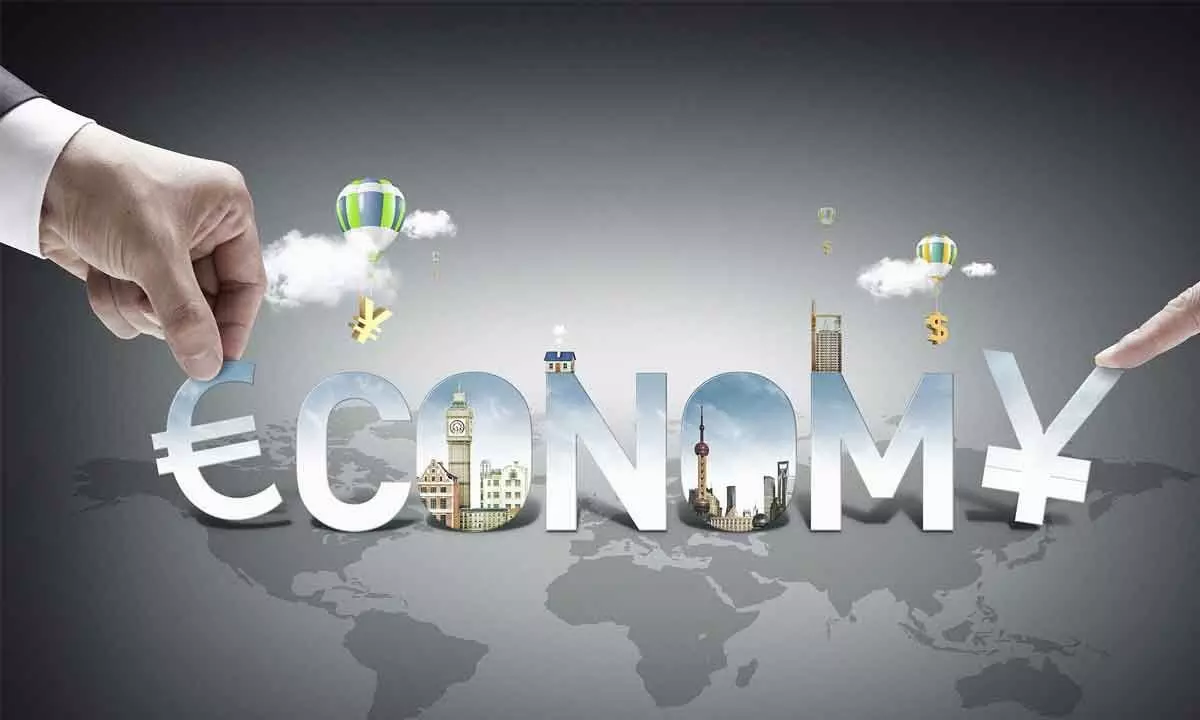The quest to become a developed economy depends on varying factors
image for illustrative purpose

A developed economy is typical characteristic of any developed country with a relatively high level of economic growth and security. The standard criteria for evaluating a country's level of development are income per capita or per capita GDP, level of industrialization, standard of living and technological infrastructure that is in place. Non-economic factors, such as the human development index (HDI), which quantifies a country's levels of education, literacy, and health into a single figure, can also be used to evaluate the degree of development. "At a growth rate of seven per cent, India's per capita will grow from the current $2,400 to $10,000 in 2047 and put the country in the low middle-income bracket," say top economists. India needs to focus more on education and healthcare to become a developed economy by 2047, highlighting the fact that it has maintained an average growth rate of six per cent over the past 25 years, which is no mean feat. There is a need for governance reforms and deeper focus on education and healthcare, while also remembering that the demographic dividend that the country enjoys currently will diminish after 2050.
Economists have called for a balanced growth across all sections of society, as presently consumption growth is strong only among the upper income levels. There is a need to produce high-value products and more research to support entrepreneurs in capturing the high-end of the value creation trajectory. Per capita GDP remains the most common metric to determine if an economy is developed or is a developing one. Some economists consider $12,000 to $15,000 per capita GDP to be sufficient for a developed status while others put it at a staggering $25,000 or $30,000. The U.S. per capita GDP in 2019 was $65,111. Most developed economies suffer fewer than 10 infant deaths per 1,000 live births and their citizens live to be 75 or older on an average. A high per capita GDP alone does not confer a developed economy status; there are many other equally crucial factors that ought to be considered. The UN's Human Development Index (HDI) looks at three standards of living criteria—literacy rates, access to education and access to health care—and quantifies this data into a standardized figure between zero and one. Most developed countries have HDI figures of above 0.8.
The United Nations, in its annual HDI rankings, reports that in 2020, Norway had the world's highest HDI at 0.957. The United States ranked 17th at 0.926. The top 10 countries were Norway, Ireland, Switzerland, Hong Kong, Iceland, Germany, Sweden, Australia, Netherlands and Denmark. Niger had the lowest human development index score of 0.394 out of 189 countries. It is often claimed by the proponents of globalization, that this is helping to lift developing economies from the brink of poverty and onto the path of improved standards of living, higher wages and use of modern technology, especially so in the Asia-Pacific region. Though globalization has not taken root in all developing economies, it has improved the economies in the ones that it has. That being said, globalization does come with drawbacks as well, which need to be assessed when foreign investments flow into a developing economy.

